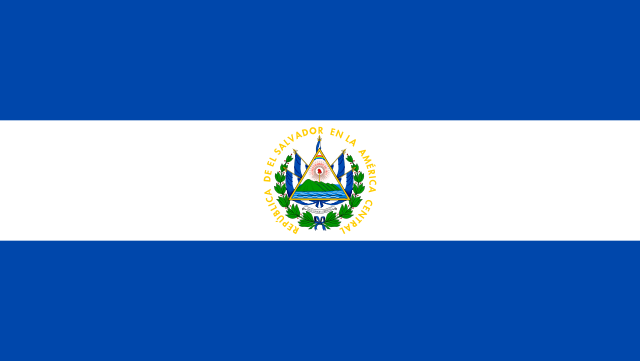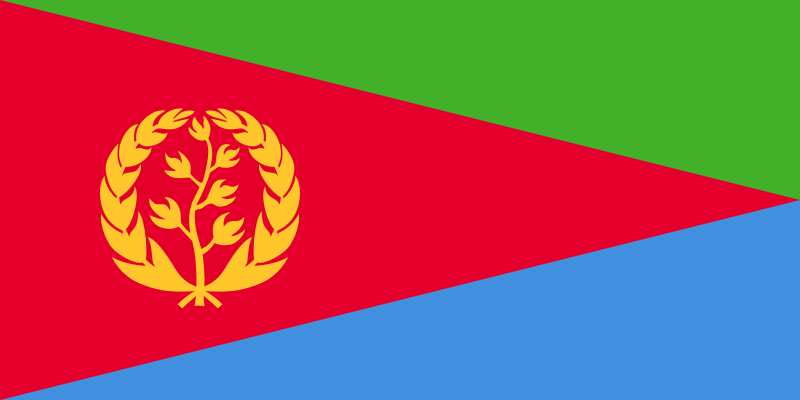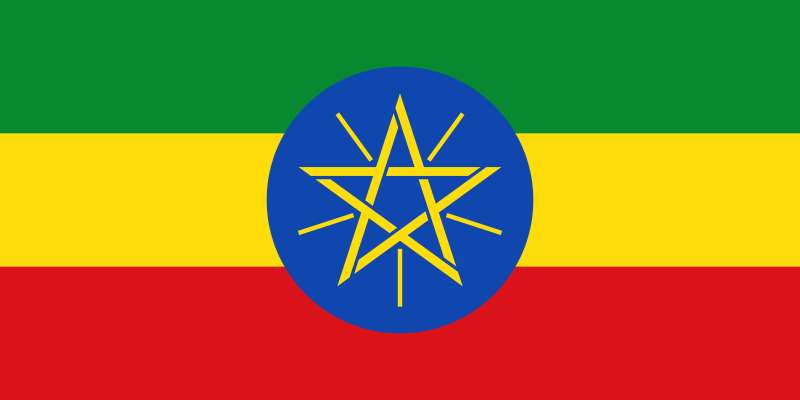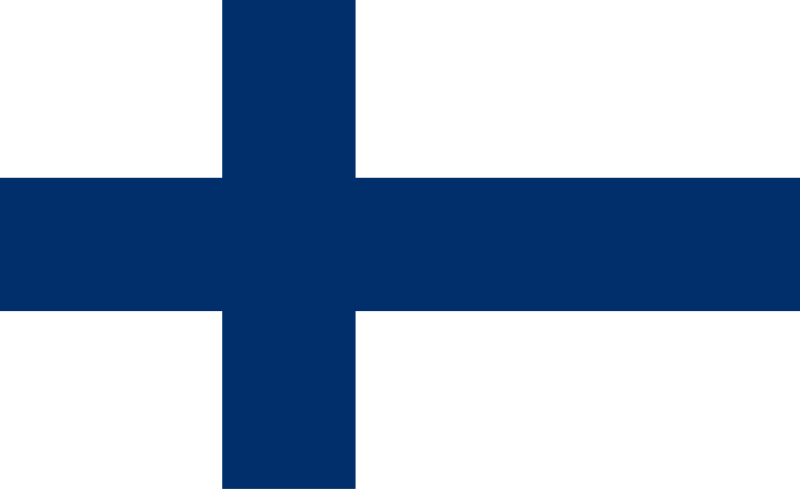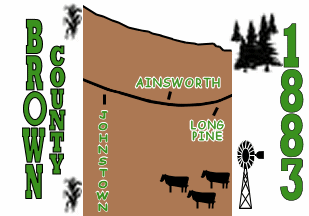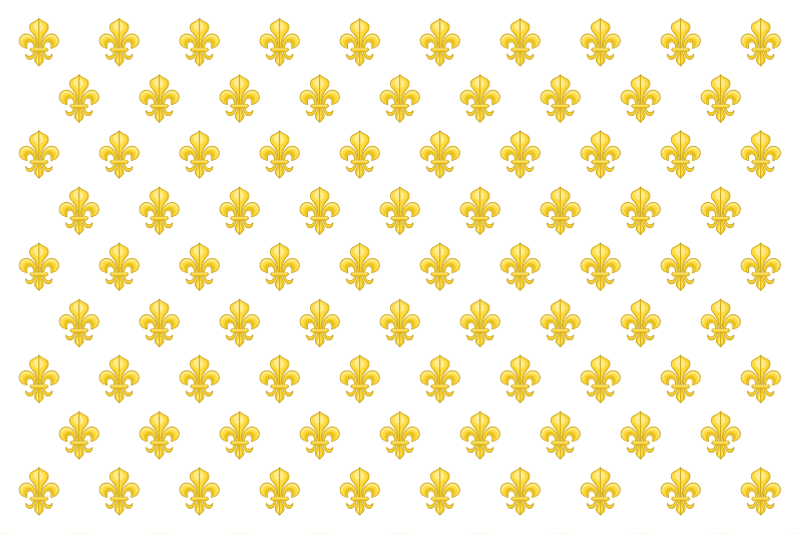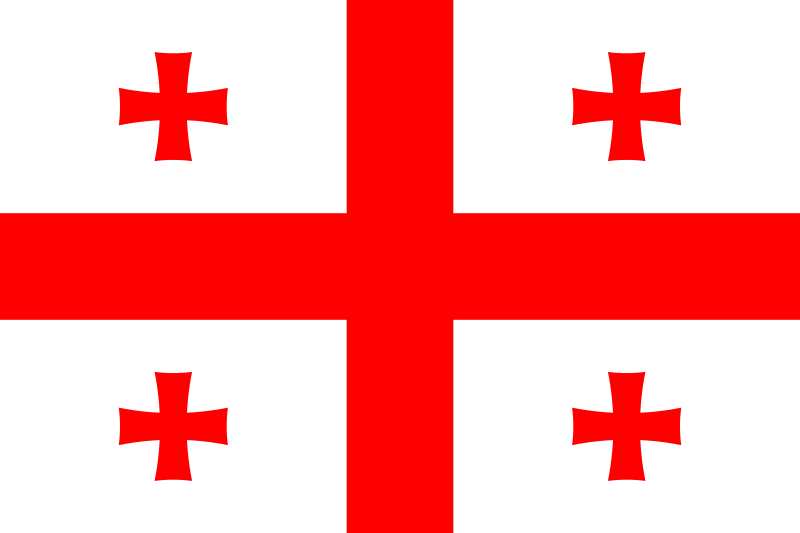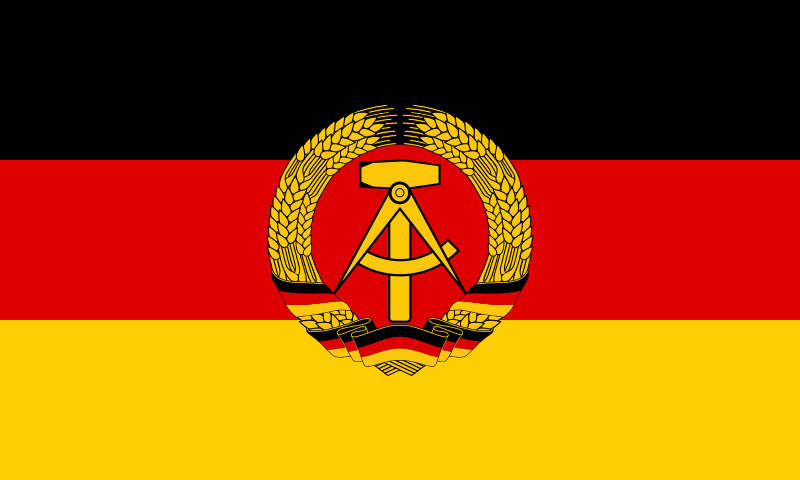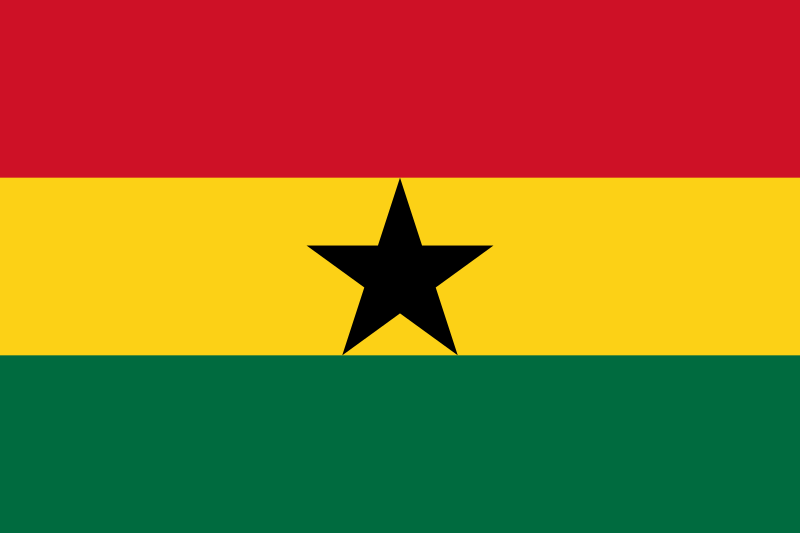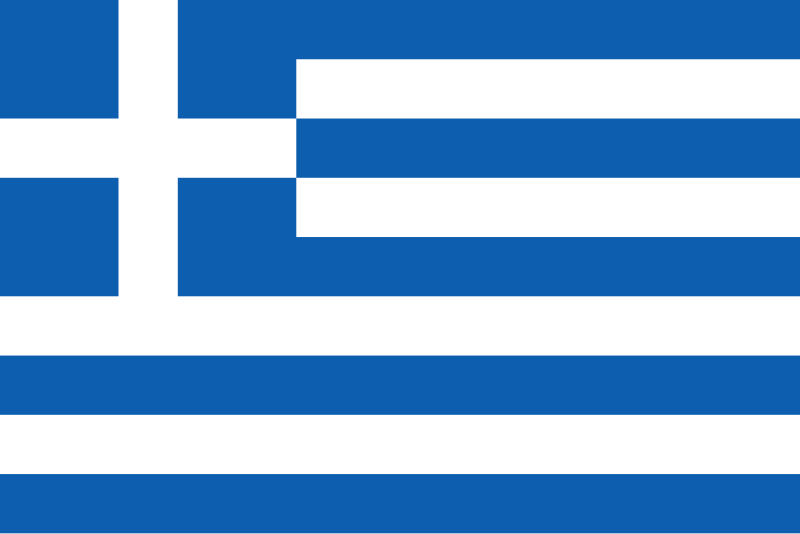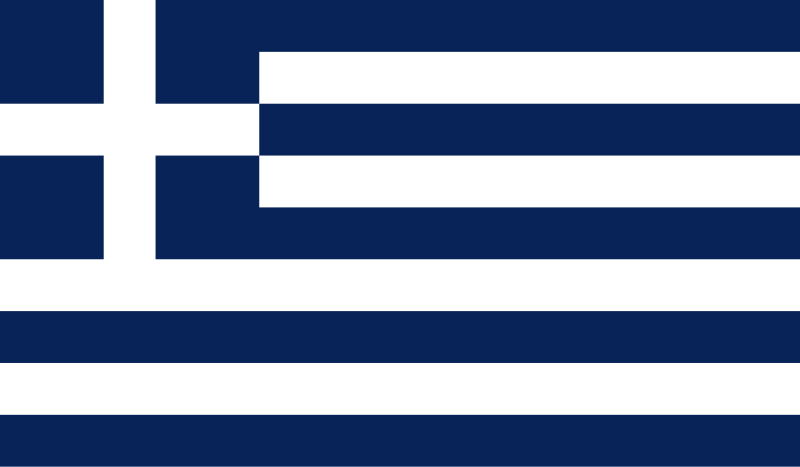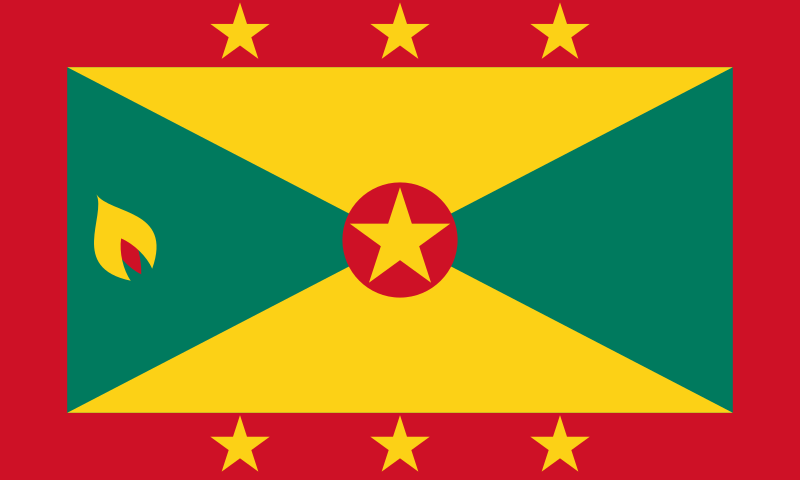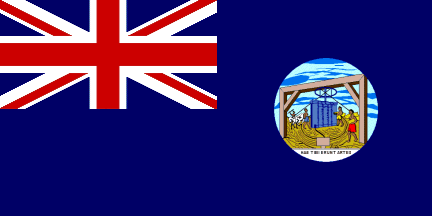- Thread starter
- #126
Flag of Egypt
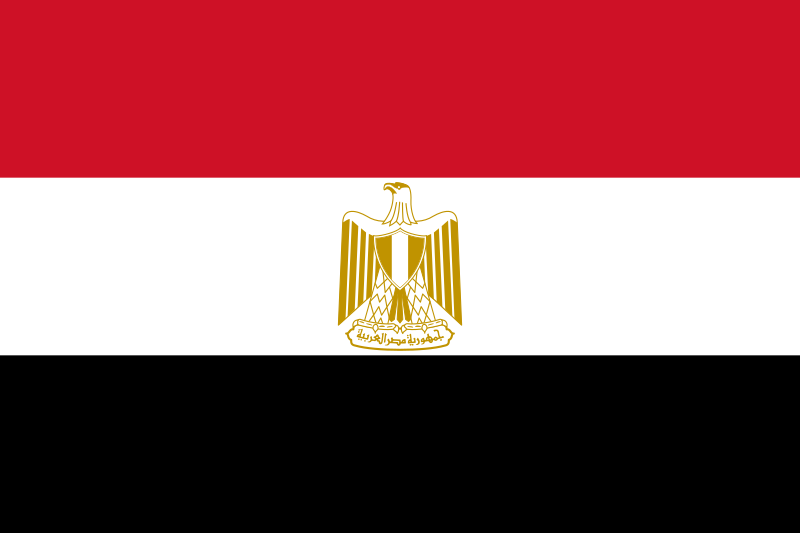
Ratio: 2:3 (not interesting)
Adopted: 4 October, 1984.
Part 1
Rule 1: I think the eagle is a little too complex.
Rule 2: We've already seen Pan-African and Pan-Slavic colors, so it's time for me to write about Pan-Arab colors.
Basically, there are two set of Pan-Arab colors: the most used set uses red, black, green and white. These colors were first used in the 1916 Arab Revolt against the Ottoman Empire and each color represented an Arab dynasty: black represented the Abbasids, white the Ummayads, green the Fatimids and red the Hashemites.
The other set uses red, white and black and is derived from the Arab Liberation Flag, which was used in the 1952 Egyptian Revolution which overthrew the country's monarchy. The red represents the period before the monarchy and the British occupation of Egypt, the white symbolizes the fact that the Revolution was bloodless and the black represents the end of oppresion of Egypt by both the monarchy and foreign imperialism.
The golden eagle at the middle also originated with the Revolution (though the most current version is from 1984) and is known as the Eagle of Saladin.
Rule 3: Red, white, black and yellow. I honestly don't like the Pan-Arab colors that much, but I do like the yellow. I like this flag's colors.
Rule 4: The text on the flag says "Arab Republic of Egypt". I don't think you should put a country's name on a flag. Flags should be distinctive enough to make naming the country unneccesary. Also, the eagle is complex imo.
Rule 5: But if the eagle were removed this flag would be identical to Yemen's. Honestly, I think Pan-Arabs look too much like each other, though I think the yellow eagle makes this flag distinctive.
Part 2
Khedivate of Egypt (1867-1881)
 Looks too much like Turkey's imo.
Looks too much like Turkey's imo.
Khedivate of Egypt (1881-1914) and Sultanate of Egypt (1914-1922)
 Three crescents and three stars. Pretty interesting, and not that bad.
Three crescents and three stars. Pretty interesting, and not that bad.
Kingdom of Egypt (1922-1953)
 Not a bad flag, but Egypt is no longer a kingdom, and besides
Not a bad flag, but Egypt is no longer a kingdom, and besides
Republic of Egypt (19531958)
 That's a pretty big eagle (also, what is it holding?)
That's a pretty big eagle (also, what is it holding?)
United Arab Republic (1958-1972) (The United Arab Republic was a federation formed by Egypt and Syria formed in 1958. Even though Syria left the federation after a coup d'état in 1961, Egypt kept the name until 1971)
 This flag is identical to Syria's flag, which I will write about in the future.
This flag is identical to Syria's flag, which I will write about in the future.
1972-1984 (In 1971, a referendum to unite Egypt, Syria and Libya in a federation passed (though it was probably fraudulent, since the country in which the referendum was closest was Syria, in which federation got 96.4%. Federation got 99.9% in Egypt. If you're rigging a vote, at least make it plausible!). Due to disagreements over the merger, the federation never got off the ground, and ended in 1977)
 I prefer the current eagle. It has a better shade of yellow.
I prefer the current eagle. It has a better shade of yellow.
Part 3
Honestly, I like this flag, even if the eagle is complex. The yellow makes it different from other Pan-Arabs

Ratio: 2:3 (not interesting)
Adopted: 4 October, 1984.
Part 1
Rule 1: I think the eagle is a little too complex.
Rule 2: We've already seen Pan-African and Pan-Slavic colors, so it's time for me to write about Pan-Arab colors.
Basically, there are two set of Pan-Arab colors: the most used set uses red, black, green and white. These colors were first used in the 1916 Arab Revolt against the Ottoman Empire and each color represented an Arab dynasty: black represented the Abbasids, white the Ummayads, green the Fatimids and red the Hashemites.
The other set uses red, white and black and is derived from the Arab Liberation Flag, which was used in the 1952 Egyptian Revolution which overthrew the country's monarchy. The red represents the period before the monarchy and the British occupation of Egypt, the white symbolizes the fact that the Revolution was bloodless and the black represents the end of oppresion of Egypt by both the monarchy and foreign imperialism.
The golden eagle at the middle also originated with the Revolution (though the most current version is from 1984) and is known as the Eagle of Saladin.
Rule 3: Red, white, black and yellow. I honestly don't like the Pan-Arab colors that much, but I do like the yellow. I like this flag's colors.
Rule 4: The text on the flag says "Arab Republic of Egypt". I don't think you should put a country's name on a flag. Flags should be distinctive enough to make naming the country unneccesary. Also, the eagle is complex imo.
Rule 5: But if the eagle were removed this flag would be identical to Yemen's. Honestly, I think Pan-Arabs look too much like each other, though I think the yellow eagle makes this flag distinctive.
Part 2
Khedivate of Egypt (1867-1881)
Khedivate of Egypt (1881-1914) and Sultanate of Egypt (1914-1922)
Kingdom of Egypt (1922-1953)
Sudan is no longer part of Egypt, and Nubia is partially in Sudan.Wikipedia said:The three stars symbolised the three component territories of the Kingdom, namely Egypt, Nubia, and Sudan,[4] whilst the green signifies the agricultural nature of the country
Republic of Egypt (19531958)
United Arab Republic (1958-1972) (The United Arab Republic was a federation formed by Egypt and Syria formed in 1958. Even though Syria left the federation after a coup d'état in 1961, Egypt kept the name until 1971)
1972-1984 (In 1971, a referendum to unite Egypt, Syria and Libya in a federation passed (though it was probably fraudulent, since the country in which the referendum was closest was Syria, in which federation got 96.4%. Federation got 99.9% in Egypt. If you're rigging a vote, at least make it plausible!). Due to disagreements over the merger, the federation never got off the ground, and ended in 1977)
Part 3
Honestly, I like this flag, even if the eagle is complex. The yellow makes it different from other Pan-Arabs
